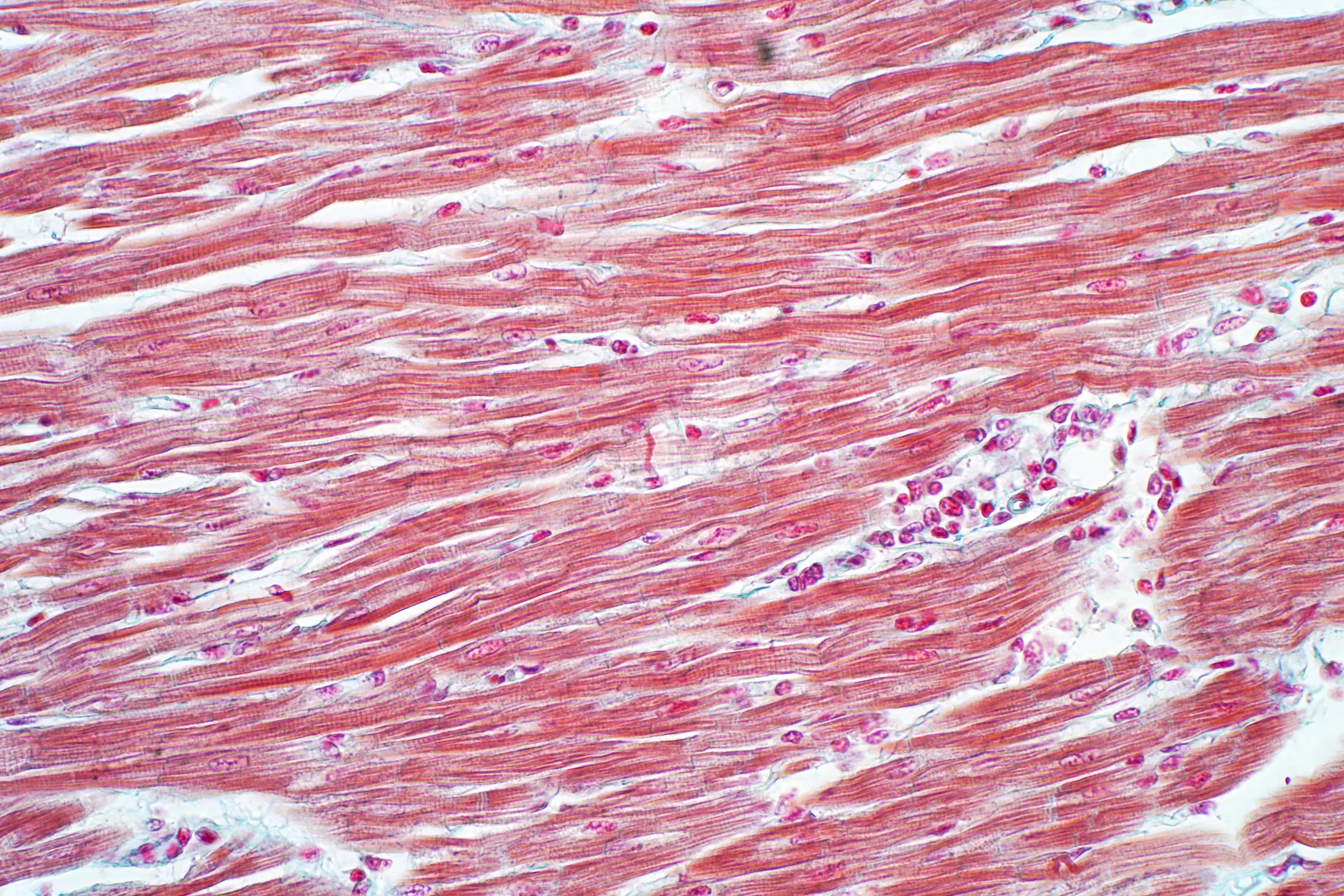July 24, 2025

In a groundbreaking experiment that redefines the limits of regenerative medicine, researchers at the Gladstone Institutes have successfully used CRISPR gene editing to trigger the regeneration of heart muscle tissue in mice — an outcome long considered biologically impossible in mammals.
Cardiomyocytes, or heart muscle cells, typically lose their ability to divide shortly after birth. As a result, once damaged — such as during a heart attack — the human heart forms scar tissue instead of healing. This scarring reduces the heart's pumping efficiency and often leads to long-term cardiovascular complications.
But the Gladstone team found a way to override this natural limit.
The researchers targeted a gene called Meis1, known to act as a cellular “brake” on heart muscle regeneration. By using CRISPR-Cas9 to suppress Meis1 expression, the team effectively lifted that brake, allowing mature heart cells to re-enter the cell cycle and regenerate functional tissue.
“For the first time, we’re not just preventing heart damage — we’re reversing it,” said Dr. Deepak Srivastava, president of the Gladstone Institutes and lead investigator on the study.
Mice that had suffered induced heart attacks and received the gene therapy treatment showed significant recovery of heart function within weeks. New muscle cells were observed growing in the damaged regions, with minimal scarring — a result rarely seen in any cardiac injury model.
The implications are vast. If similar results can be replicated in humans, this approach could pave the way for regenerative therapies that reverse damage from heart attacks, congenital heart defects, and even certain degenerative diseases of the cardiovascular system.
Of course, many hurdles remain. The technique is still in the animal testing phase, and safety will be paramount in human trials, given the risk of unintended cell proliferation. Researchers are also working to develop targeted delivery systems, likely via viral vectors or nanoparticle carriers, to ensure the edits are limited to heart tissue only.
“We're cautiously optimistic,” said Dr. Srivastava. “But the fact that we’ve unlocked regenerative capacity in the adult heart — even in mice — is a major milestone.”
The study was published in Cell Reports and has already drawn attention from biotech companies, cardiovascular foundations, and government health agencies interested in fast-tracking this technology for clinical development.
If successful, CRISPR-based cardiac regeneration could one day become a frontline treatment for millions suffering from heart disease — the leading cause of death globally.